The dark store has been around the eCommerce world as the future retail model. It converts brick-and-mortar shops into fulfillment centers, thus not only satisfying customers with instant delivery but saving retailers tons of costs and time operating their businesses.
The dark shop model is anticipated to generate $414.31 billion of revenue in 2033, a 30% increase from 2023. You’ve landed in the right place if you’re searching for effective strategies to leverage the dark shop and unlock your potential revenue. This article will shed light on all the aspects of the dark store model in eCommerce, covering its concept, benefits, challenges, and strategies for 2025. Let’s dive in.
- What is a dark store?
- How do dark stores work?
- Why are dark stores popular?
- Top 4 benefits of dark stores
- Top 4 challenges of dark store management
- Dark store order fulfillment: How does it work?
- How to ensure your dark stores run smoothly and effectively?
- Does the dark store model work for all businesses?
- Best alternatives to dark stores
- What is the future of dark stores?
- How can Magestore help?
What is a dark store?
A dark shop, also called a dark supermarket or a dotcom center is a physical retail distribution space or warehouse that exclusively caters to online order fulfillment. Unlike traditional stores that intend to attract walk-in consumers, dark shops are closed to the public and only address customers’ online orders generated from websites, mobile apps, third-party aggregators, or other online channels. They serve as distribution hubs for product inventory, package, picking, shipping, and everything dedicated explicitly to online order fulfillment.
How do dark stores work?
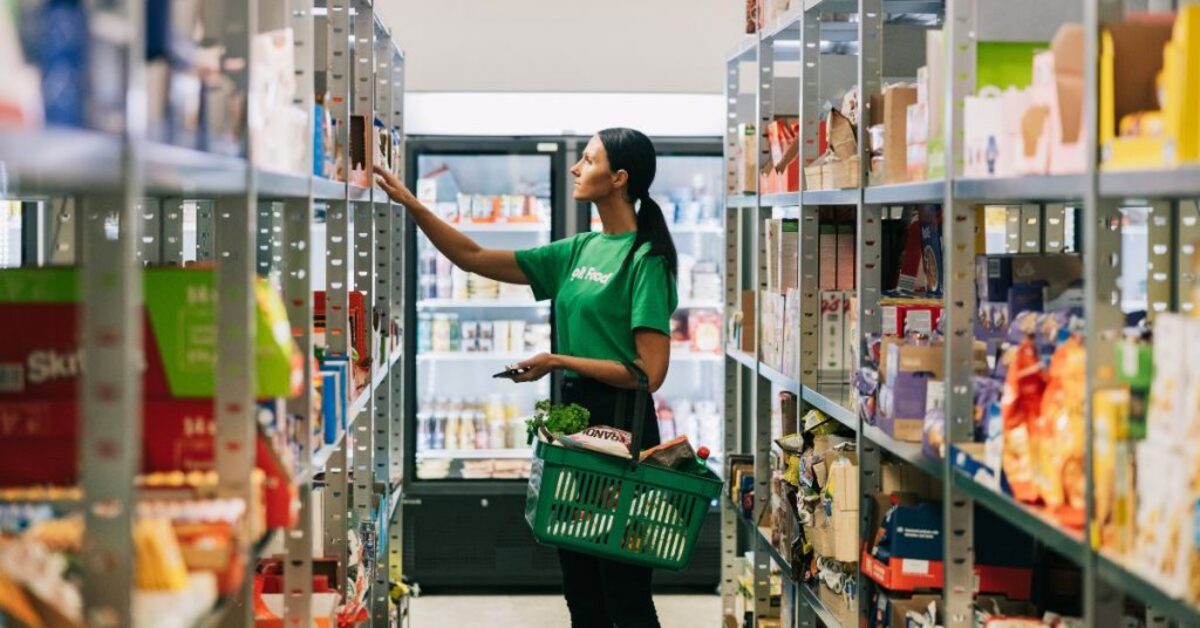
In a simple explanation, the dark store model operates like a warehouse concept, featuring layouts optimized for picking, packing, and delivering.
When a customer places items online, the order will proceed to dark store staff, and the fulfillment will occur in the dark shop. Based on the incoming requirements, the store pickers, available around the clock in the dark shop, will pick and pack the curated items. The order will then be directly delivered to the customer’s address. Customers can also select and buy things online and arrive in-store for pickup.
Why are dark stores popular?
The first-ever dark shop was launched in 2009 by Tesco, a supermarket chain in the U.K. This innovative retail model quickly spread worldwide as it required low costs to set up and fulfill online orders to leverage the power of online purchase.
The surge in online shopping during the COVID-19 pandemic has fueled the significant presence of the model, encouraging more retailers of all sizes to jump onto the bandwagon. Dark grocery stores and dark clothing stores are some examples of dark store models.
The key reason why the dark supermarkets stay popular today is the rapid growth of eCommerce. By 2027, 23% of total retail sales will happen online. The rise of online shopping is significantly shaping customer shopping habits with the preference for ease, flexibility, and prompt delivery. As a result, building a dark shop is necessary for retailers to better prepare for the future.
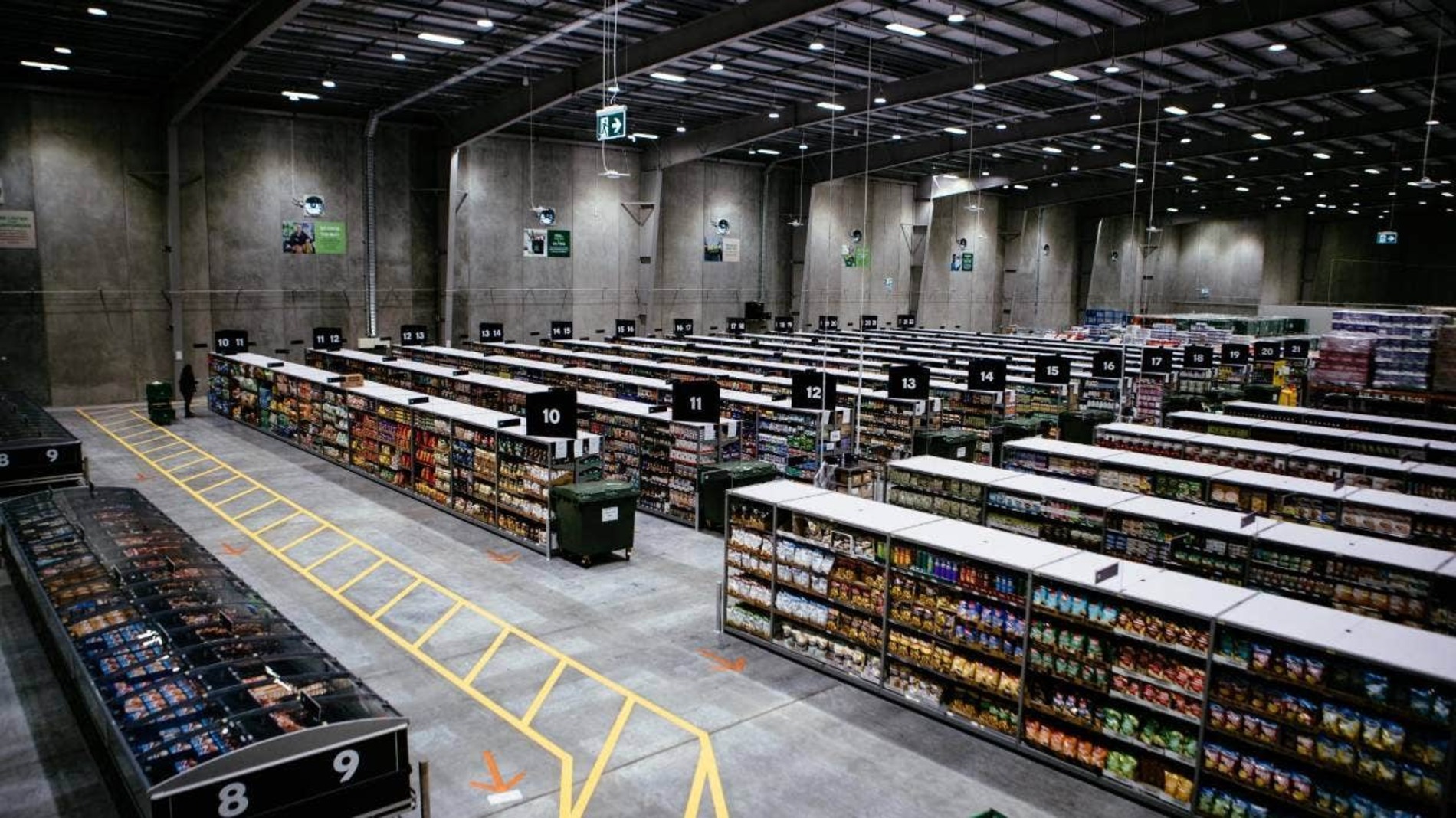
One more reason for the model’s popularity is that establishing a dark shop is not a headache for retailers and saves them effort and costs compared to building a fulfillment center. Retailers can easily repurpose existing retail space or physical stores with low foot traffic to create new dark shops for fulfillment.
Top 4 benefits of dark stores
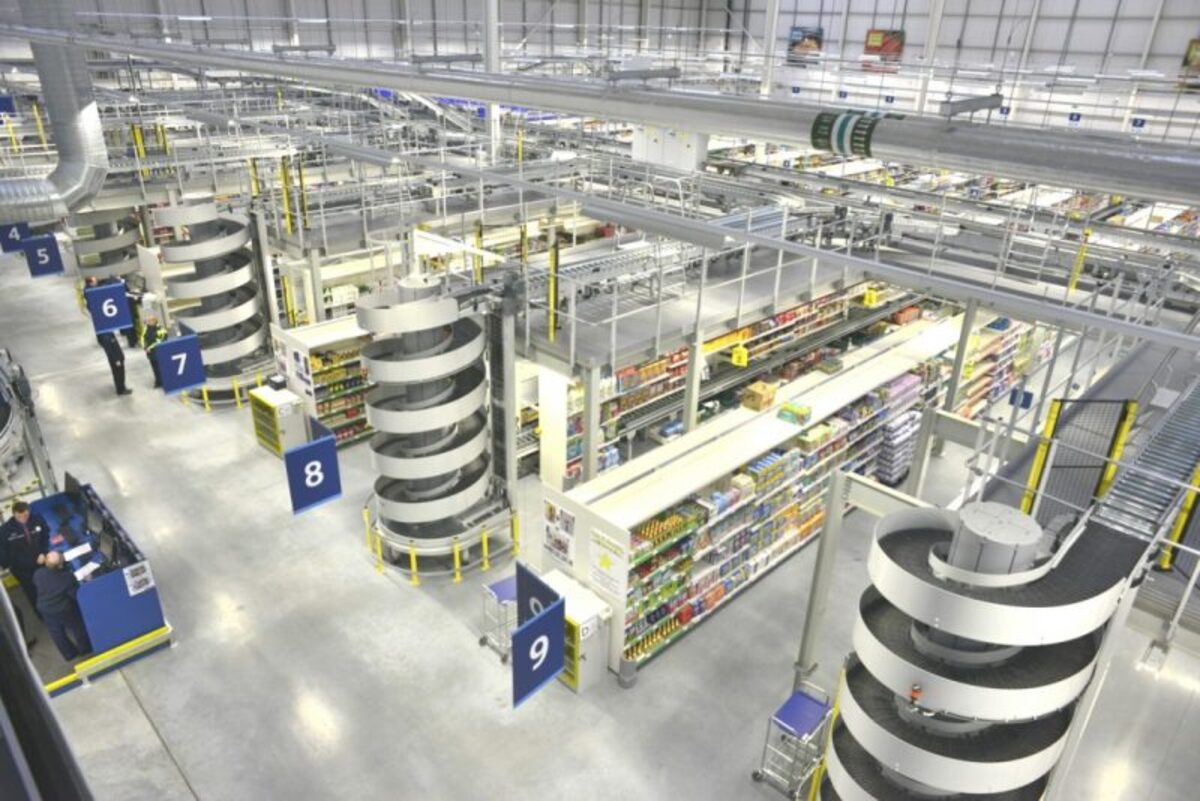
Dark store delivery helps enhance customer experience.
41% of consumers expect their online orders to be delivered within 24 hours. Dark stores can accelerate the delivery speed because:
- They are equipped with automation technologies for order handling. Therefore, it takes only minutes to prepare items and hand them over to shippers.
- They are located near the end customers. Thus, you can deliver items to your customers on the same day.
- They are set aside for fulfilling online orders which allow customers to choose their preferred pickup time to avoid waiting lines and speed up the checkout process.
In today’s competitive eCommerce landscape, fast delivery is crucial for your success.
Reduce costs
Retailers can minimize operating costs since they don’t have to pay for aesthetic elements, inventory display and fixtures, in-store marketing, and other expenses related to operating physical shops. There’s no need to invest in an appealing or large-spacing storefront to attract customers. Moreover, running dark stores can save you 23% on delivery costs.
Improve inventory management
Dark retail stores apply sophisticated inventory management systems that ensure fast speed and accuracy in real-time tracking, sorting, and picking processes. Thus, they enhance inventory management efficiency and reduce errors throughout the order fulfillment process.
Flexibility and scalability
Concepts like dark stores equip retailers with the agility and flexibility to quickly adapt to customer demands, market trends, and seasonal fluctuations. Without the constraints of physical stores, retailers can update more products, offering more options while managing their inventory easily.
Top 4 challenges of dark store management
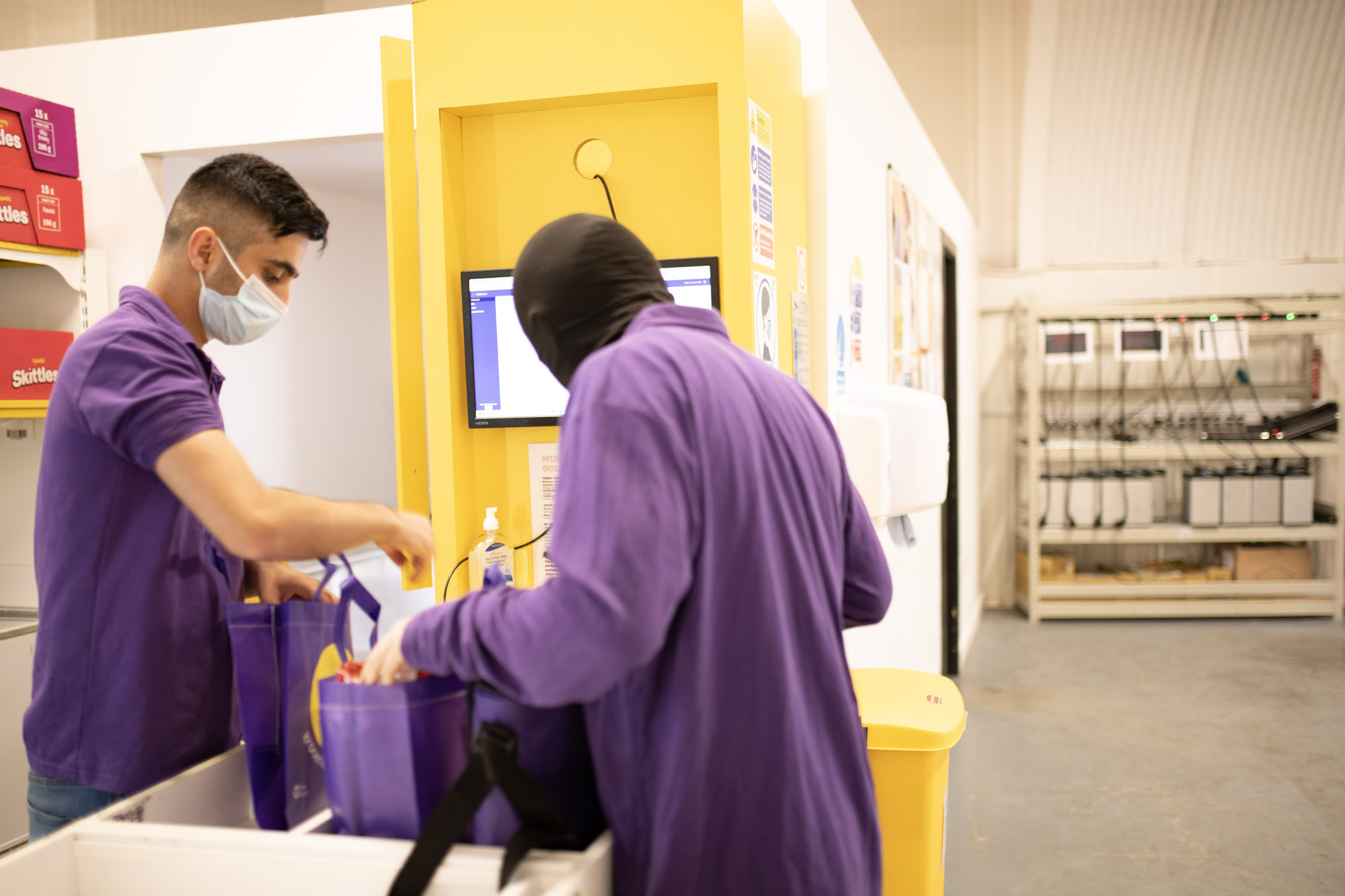
Along with numerous benefits, there are some challenges to take into account when establishing a dark store strategy and operating it successfully.
Initial setup costs
Setting up a dark shop requires significant initial investment in some aspects, including infrastructure, facilities, advanced technology, and staff training. Retailers should carefully elaborate on the cost-benefit analysis when creating a dark store strategy to ensure a return on investment.
Operational complexity
A dark shop “wears many hats” to address a vast number of online orders meticulously, from inventory management to order fulfillment and shipping. A dark store can’t handle these multitasks with simple infrastructure that lacks digitization and automation.
Workforce management
Besides technology solutions, skillful employees are the backbone of a dark shop. However, it’s challenging to train and manage a workforce that’s capable of handling various tasks, including picking, packing, tracking, shipping, etc. This poses challenges on how to ensure their productivity and satisfaction to adapt to such a huge order volume.
Dark store order fulfillment: How does it work?
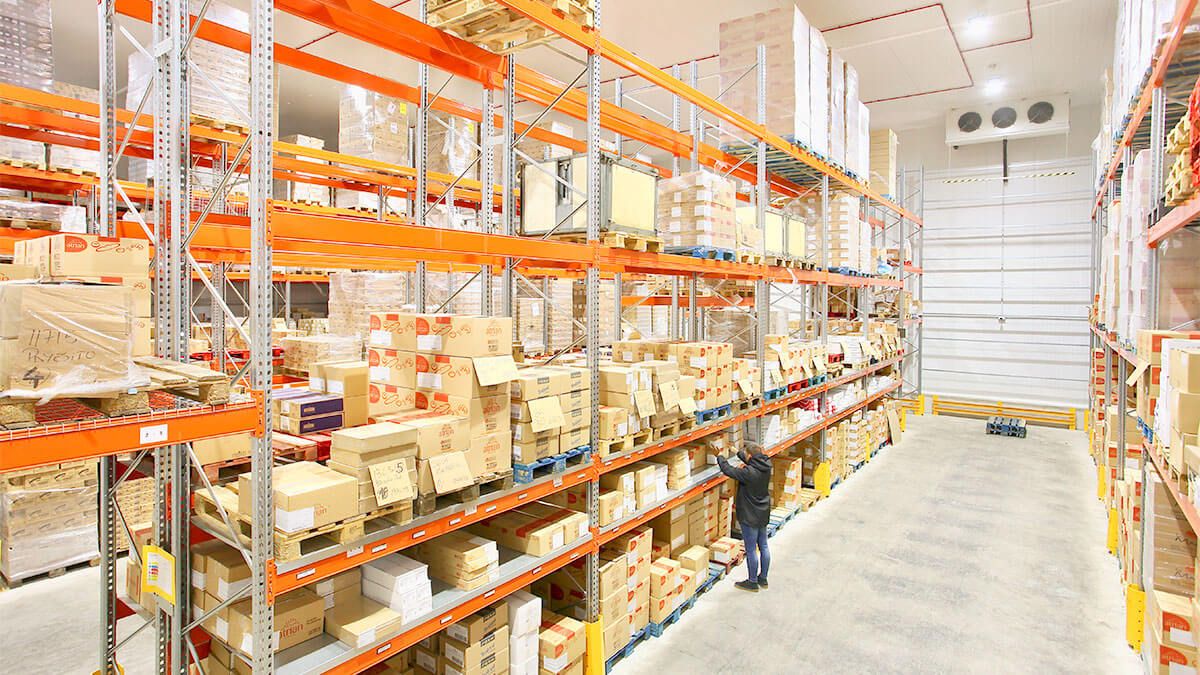
Dark store fulfillment, from when an order is placed online until it’s ready to deliver, may occur in minutes, following a smooth and automatic dark store management process.
- Order receiving: Once an order is placed through a website, app, or online platform, it’s recorded in the centralized management system and then electronically assigned to the staff.
- Order picking: The pickers will collect the items based on the order details. Unlike traditional stores, where pickers have to collect items around the aisles with trolleys, the dark store has pickup areas designed for optimal picking. Items are segregated by order and have barcodes for the pickers to scan. The pickers, equipped with handheld devices or wearable technology, will gather the items from the picking areas for packing.
- Order packing: Once the items are gathered, they’re packed and sellotaped in suitable packing materials to ensure a secure and presentable package, especially for delicate or fragile goods. Each package is labeled with the order details, including the receiver’s address, phone number, or any relevant information, and ready for dispatch.
- Delivery or pickup: The packed orders are then dispatched for shipping through the in-house delivery team or logistics partners. The standard delivery channels include courier companies, postal services, and fleets.
Store-to-door delivery is the most common method customers prefer as it’s fast, convenient, and contactless. The order is directly shipped to customers’ doorsteps.
Customers also have the option to pick up items themselves at the dedicated pickup points, usually near or inside the store. Another service is curbside pickup. This way, pickers will bring out the ordered items for customers waiting at dedicated parking areas.
How to ensure your dark stores run smoothly and effectively?
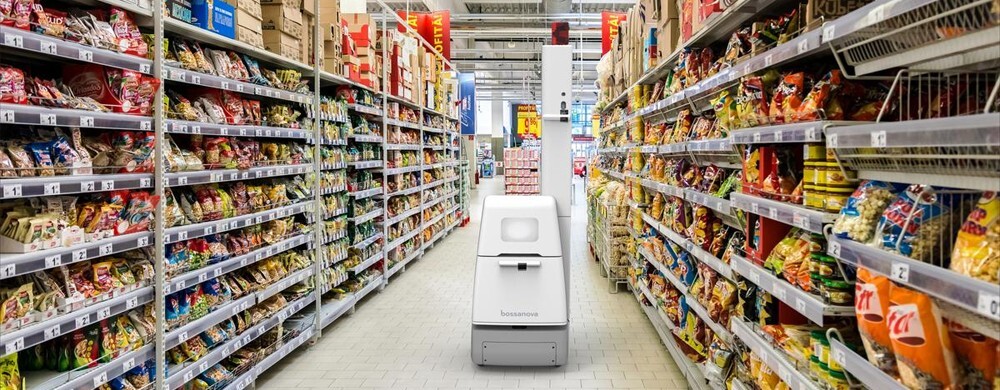
Here, we break down several key factors that significantly contribute to the success of dark store management. They help retailers operate every stage smoothly and productively while meeting customer demands and generating benefits.
Leverage advanced technology and automation
Almost all stages of the dotcom center operation require technology application to streamline processes and enhance efficiency. Take order management, for example. This system should integrate with software or advanced platforms that facilitate efficient real-time tracking, picking, packing, and delivery. This way, the retailers can ensure order fulfillment and timely delivery to their customers.
The more dark stores become automotive, the more operations are productive with fewer human errors. Some cutting-edge technologies for dark shops include automated sorting systems, robotics for picking up, conveyor systems, etc.
Invest in inventory management
The inventory management system plays a core role in the operation of dark retail stores. It’s crucial to apply advanced inventory solutions to ensure real-time monitoring and accurate stock tracking. Consider using barcode scanning, RFID tags, inventory databases, real-time updates, analytics and reporting systems, etc. These technology-driven solutions reduce human errors and the risk of out-of-stock situations, thus improving accuracy for better business decision-making.
Develop effective marketing to drive online sales
Dark stores are exclusively used for handling online purchases. To make use of them, apparently, you’ll need onlines orders. And to boost online sales, you should ensure that your brand, products, and services can reach more potential customers.
You can invest in marketing campaigns to increase customer awareness, drive traffic to your online channels to convert sales. Some effective marketing channels include emails, websites, social media platforms, marketplaces, or you can go omnichannel to sell on multiple platforms while centralizing and syncing all sales data in one place for better control.
In addition, you should strategically offer special discounts, upselling, cross-selling, or other marketing techniques to trigger customer needs.
Hire and train staff
Staff members ensure smooth operations in collaboration with machines and technology. Retailers should invest heavily in training staff specialized for each stage to promote accuracy and productivity.
Also, building a solid working culture can inspire and motivate them at work.
Does the dark store model work for all businesses?
The dark store is not a one-size-fits-all solution since each business needs specific strategies tailored to their range of products, target customers, and markets.
It should be noted that this model is beneficial for retailers who heavily invest in eCommerce and online order fulfillment.
For small-sized businesses that have a limited online presence and lower online order volume, the dark shop might not be a good fit as setting up it might overcast their budget and, therefore, make it difficult to generate benefits in return.
Best alternatives to dark stores
Though offering numerous benefits, dark shops might not fit some retailers well. We recommend some alternative options that can be considered in terms of business needs and circumstances.
- Micro-fulfillment centers: Micro-fulfillment centers are used explicitly by eCommerce businesses to handle online orders. They are small-sized, highly automated, and located near existing stores to reduce logistics costs. There are only some slight differences between dark stores and micro-fulfillment centers. Dark shops are often used by larger retailers and can consume more space than a micro fulfillment center. Micro-fulfillment centers, on the other hand, are smaller, more compact facilities designed to tackle a smaller volume of products or categories. The latter is also preferred by retailers operating in areas whose property costs are high and focusing on same-day deliveries.
- Third-party logistics providers: Partnering with 3PL providers is an approach for retailers needing more means to create and operate a dark shop themselves. These providers offer solutions covering setting up infrastructure, order fulfillment, storage, delivery, etc., that take care of overall shady shop operations on behalf of retailers and enable them to focus on their core competencies.
- Store-to-door delivery: Store-to-door service allows customers to shop in-store, then the purchased products will be delivered directly from the stores to their addresses, typically their home or office.
What is the future of dark stores?
The dark store model is expected to continue scaling and evolving to meet customer demands. The global market size is forecasted to grow by 38% from 2023 to 2033.
As technology is the backbone of dark shops, key trends that shape the future of this retail model include the leverage of technology to enhance operations. The years ahead are likely to witness technological advancements deployed in inventory management, order tracking, shipping, and other stages of retail fulfillment. Automation, robotics, and AI-powered chatbots are among them.
As sustainable development and green energy are a necessity, delivery solutions will be more eco-friendly, such as using bikes and electrical vehicles for delivery.
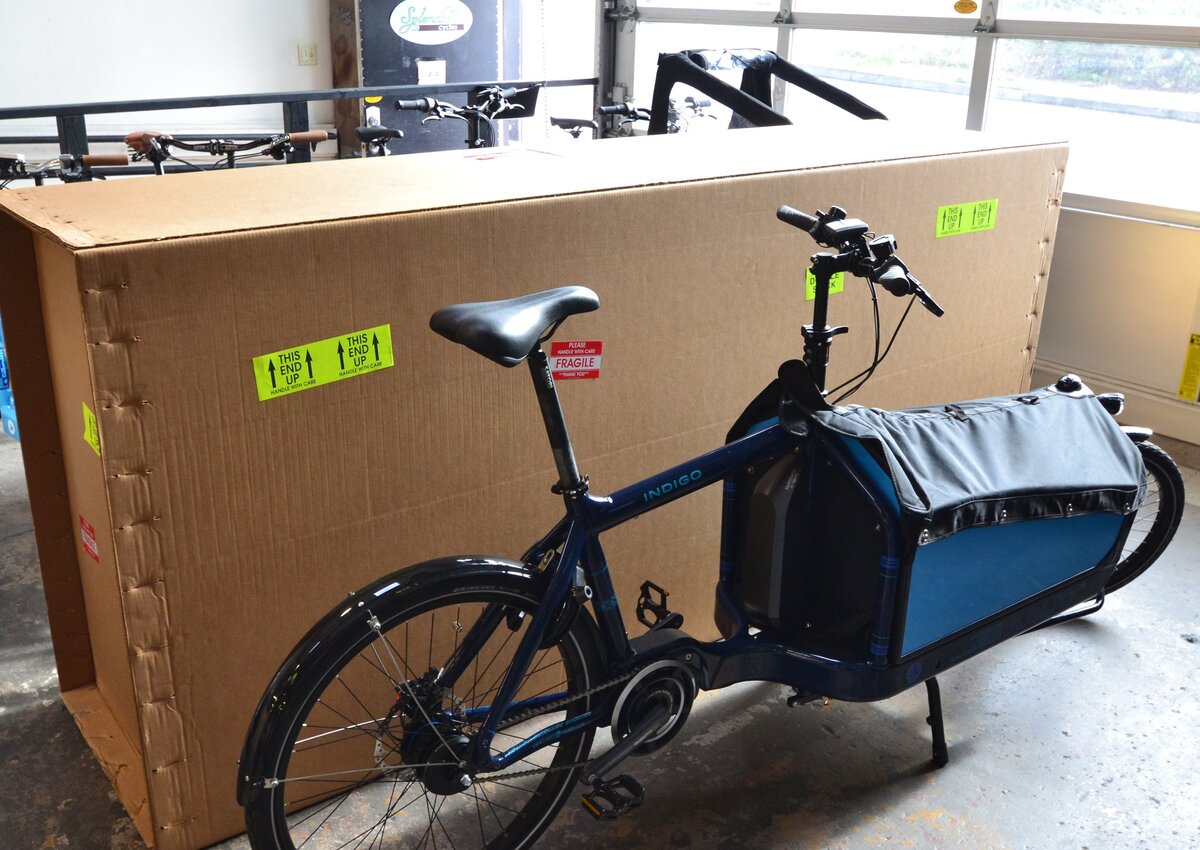
How can Magestore help?
If you’re looking for a killer, technology-driven solution to leverage dark store management and operations to stay ahead of the retailing game, Magestore comes in with all-in-one weapons to level up your business to new heights, especially with order management.
Smart inventory management
Once you integrate the Magestore shop management software in dark stores, you’ll be empowered with the best inventory management to track real-time inventory levels and monitor all inventory movement.
The powerful inventory tool will give you a comprehensive look at in-stock, incoming, threshold, etc., to avoid stockouts and make informed decisions. The Magestore barcode management helps you quickly scan items and track stock status accurately without sweats.

Comprehensive reports
By syncing and centralizing data across channels in real time, Magestore retail POS can generate reports covering orders, sales, and inventory. This gives you profound insights and live view into your business performance for accurate forecasts and business strategies.
Staff performance
Magestore solutions can track daily, monthly, and yearly sales, thus reflecting on staff productivity. The system enables to set different permission levels for managers and staff, thereby streamlining operations.
Flexible shipping methods
You can use in-built shipping methods such as DHL, FedEx, UPS, USPS on Magestore POS and retail software or integrate the POS with other shipping carriers to facilitate delivery.
You can also incorporate the BOPIS model (buy online, pick up in-store) into your dark supermarket or provide curbside pickup on Magestore POS.
Magestore solutions can be effortlessly installed in your dark stores. To save you time and effort on research, please contact Magestore experts. Our specialists will offer a 1-on-1 consultation and guide you step-by-step to seamlessly set up the system in your stores.
FAQs
Why is it called a dark store?
The term “dark store” refers to a “ghost” store which is not open to the public. A dark store is not used to attract walk-in customers but solely to fulfill online orders. The dark store’s functions involve storing, picking, packing, and delivering.
What do dark stores in logistics mean?
As a part of the supply chain network, dark shops in logistics refer to handling online orders to optimize the workflow and facilitate deliveries.
What is the benefit of dark stores for a traditional store?
Dark stores can help speed up the checkout process at traditional stores in several ways.
- As built exclusively for fulfilling online orders, you can separate the online orders by shipping duration for better fulfillment. For example, orders with same-day delivery will be picked up at the dark stores, while orders with 2-day delivery will be handled at traditional stores.
- As often located in urban areas to be nearer to customers, dark stores can stimulate more customers to buy online and pick up items in store. That can help you reduce the shipping costs.
What are the key differences between a dark store and a warehouse?
A dark store is designed solely for online order fulfillment, including inventory handling, picking, packing, and delivering.
On the other hand, a warehouse wears more hats, including retail distribution or manufacturing.
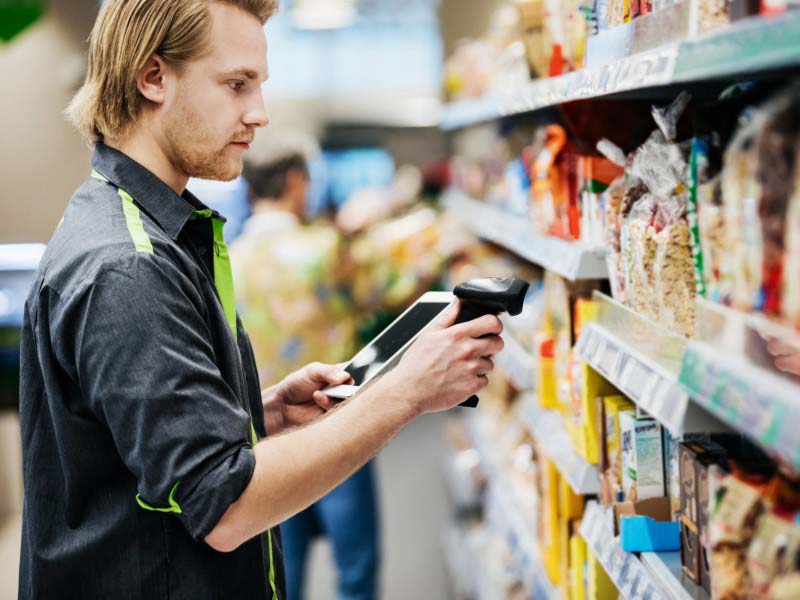
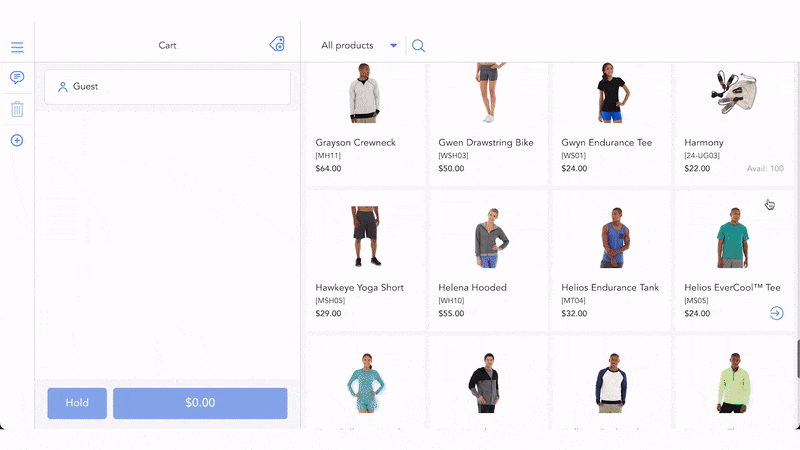




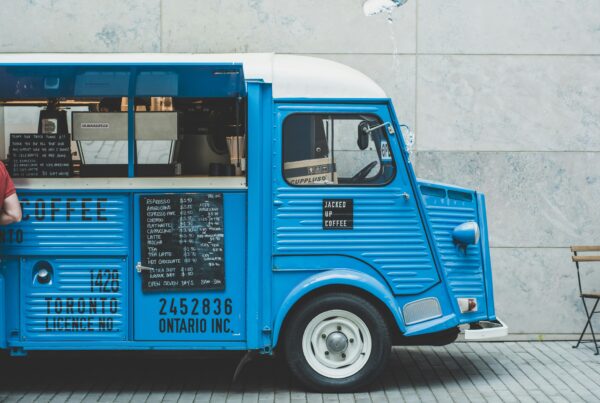
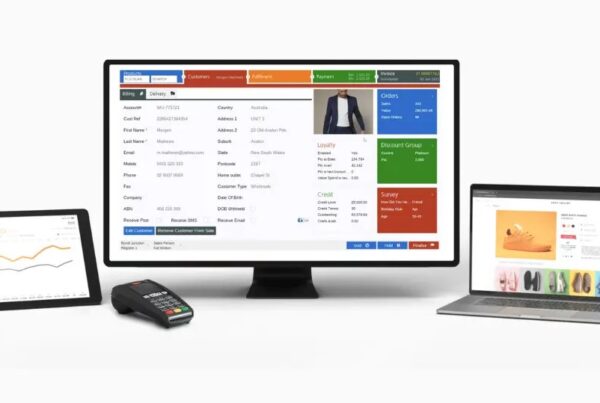




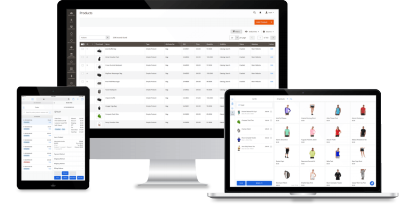

I’m really interested in the concept of dark stores and its applications in retail. The article provided great insights into the benefits and challenges of implementing dark stores. I particularly found the discussion on the importance of inventory management and logistics in a dark store setup quite informative. I’m looking forward to learning more about the strategies being adopted by retailers to make the most of this concept. Thanks for sharing this insightful post!
Definitely retails is going to the right directions.
A good efficient management of quick delivery network as of current need.